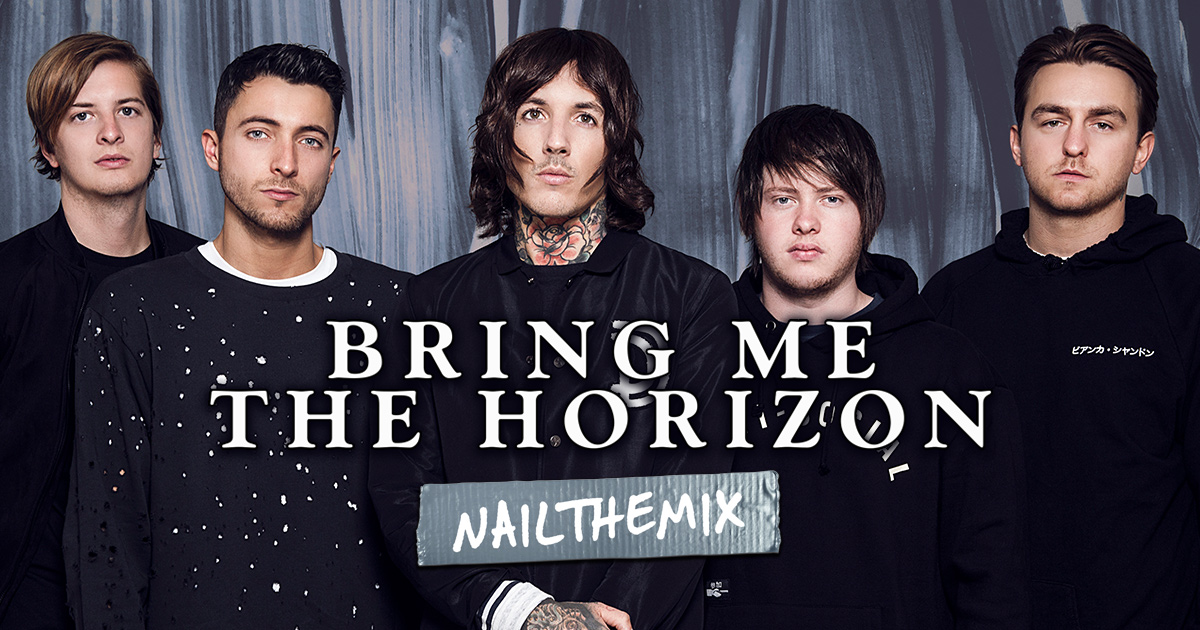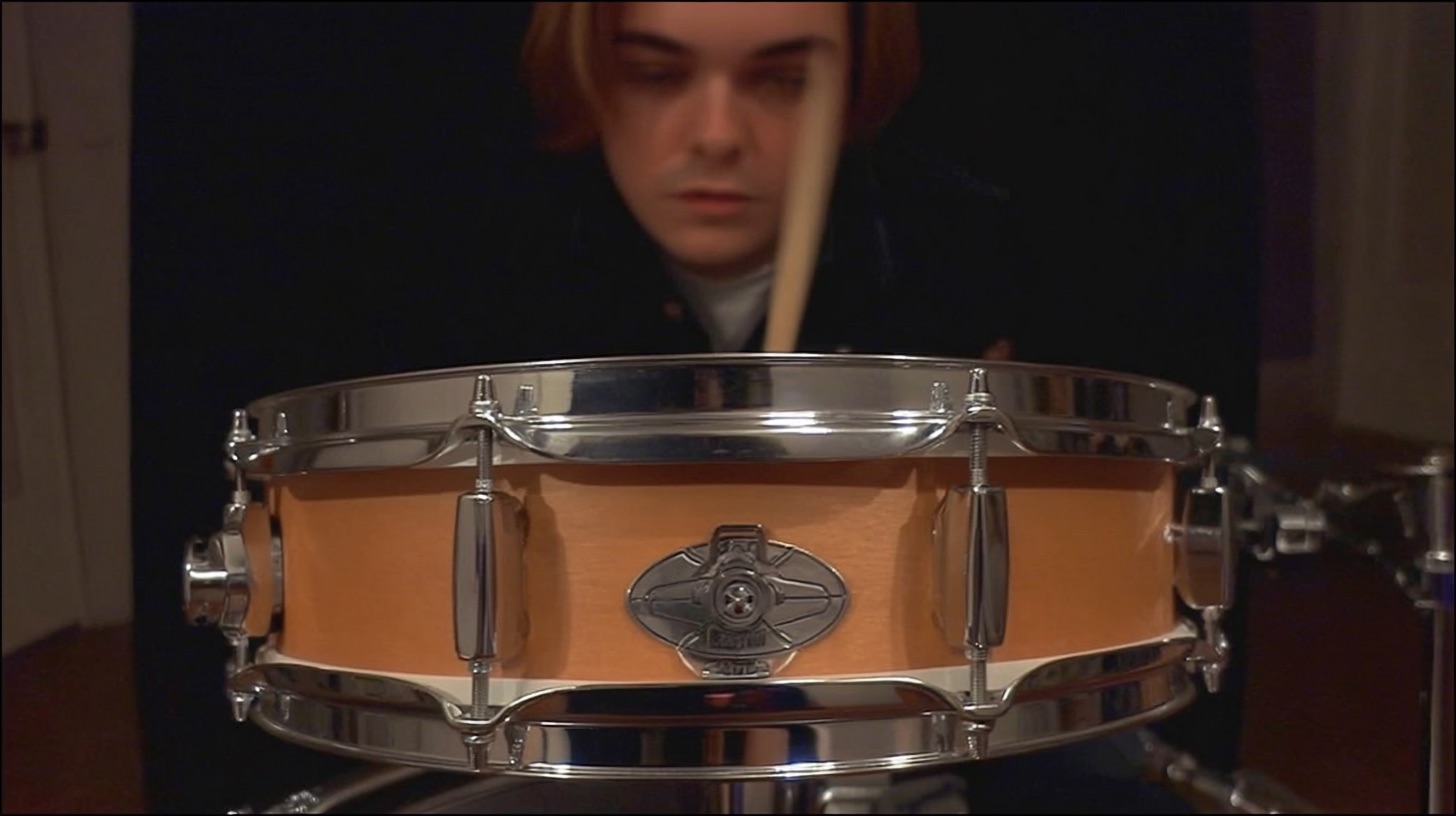
Mixing Loathe’s Mega-Distorted Vocals with George Lever
Nail The Mix Staff
Ever tried to get a massively distorted vocal sound, only to end up with a harsh, fizzy mess that takes a hundred EQ cuts to even listen to? You’re not alone. Crafting distorted vocals that have texture, power, and character—without shredding the listener’s ears—is an art form. And when it comes to that art form, few are doing it like Loathe, with producer George Lever at the helm.
Loathe’s vocals are a defining part of their sound, sitting in the mix in a way that feels both huge and integrated. We got a look inside George Lever’s actual Pro Tools session to see exactly how he wrangles these “mega-distorted” tones. Forget just slapping a single distortion plugin on a track; George’s method is all about building texture through multiple, strategic stages of saturation. Let’s break down his approach.
The Foundation: Stacking Saturation on the Vocal Bus
Before a single vocal track is processed, George sets up a foundational tone on his main vocal bus. This is where all the vocals—screams, cleans, and effects—will eventually meet. He uses a chain of three key plugins to create a rich, cohesive starting point.
H3: Adding Weight with Transformer Emulation
First in the chain is True Iron by Kazrog. This plugin is purely about simulating the sound of running audio through different types of analog transformers. Transformers add weight, subtle harmonics, and a bit of a unique EQ curve.
George’s approach here is brilliantly simple: he clicked through the different transformer models on a finished mix until he found one he liked, and now he just leaves it on. It’s a “set it and forget it” move that adds a consistent, pleasant weight and character to everything that passes through it, gluing the diverse vocal performances together from the start.
H3: Surgical Harshness Removal with Soothe2
Next up is the modern classic, Soothe2 by oeksound. Its only job here is to dynamically remove harshness. George runs a preset he literally named “Vocal harshness Ultra” to proactively tame any nasty frequencies that might build up from all the distortion to come. It’s not about heavy-handed EQ; it’s about letting Soothe work its magic, dipping out just a few dB of harshness to keep things smooth without sacrificing the aggressive edge.
H3: Taping it All Together with Softube Tape
The final piece of the bus-processing puzzle is Softube’s Tape plugin. This is another layer of subtle saturation, but it offers a ton of flexibility. George explains that by tweaking parameters like the tape type, tape speed, drive, and crosstalk, you can drastically change the vocal’s character. You can add a mid-range push, shape the top-end feel, or add a bit of low-end warmth. Like True Iron, it’s a crucial tool for adding that final bit of analog vibe and character to the overall vocal sound.
Taming the Screams: EQ and Dynamics
With the bus set, it’s time to process the individual tracks. For Kadeem’s iconic screams, the goal is control and aggression, which George achieves with a clever one-two punch of EQ and limiting.
H3: The Pre-Limiter EQ Push
Here’s a killer trick: before the limiter, George adds an EQ and aggressively boosts the upper-mid range. Then, he sends that signal directly into a Waves L1 Limiter.
Why do it in this order? By boosting the mids before the limiter, you’re forcing the limiter to work harder on those specific frequencies. This changes its reaction, helping the vocal cut through the mix with extreme presence while the limiter clamps down on it, keeping it locked in place. It’s a powerful way to shape the dynamic response and ensure the scream has bite and energy without getting lost.
H3: Finding Their Sonic Identity
One of the most important things George notes is that for Loathe, the vocals are meant to sit in the mix, not a million miles out in front. This goes against a lot of modern metal production where the vocals are king. By keeping them slightly tucked in, they become part of the instrumental texture, which is a massive part of the band’s identity. It’s a constant balancing act between presence and subtlety, a philosophy that also extends to Loathe’s creative post-production FX.
Blending Dry and Wet: More is More
A big part of the Loathe sound is the interplay between the main “dry” vocal and the heavily processed effects layers. To get the dry vocal to match the intensity and “meet the effects,” George’s solution is surprisingly simple: add more distortion.
He’ll add a distortion plugin directly on the main scream track to give it the grit it needs to stand alongside the heavily saturated bus processing and a sea of delays and reverbs. It’s a “fight fire with fire” approach that ensures the lead vocal doesn’t sound thin or disconnected from its own effects.
Polishing the Chorus: Space and Control
For the sung parts and harmonies in the chorus, the approach shifts from raw aggression to creating atmosphere and control.
George adds a healthy dose of reverb to give the singing a sense of space and depth. He then follows it up with a compressor. Crucially, he uses a slow attack time on the compressor. This lets the initial transient of the vocal punch through before the compression kicks in to grab the tail, evening out the performance without squashing its life. It’s a classic technique for maintaining punch while getting a consistent level. This same processing chain is then duplicated for the harmony tracks to create a cohesive, layered chorus sound.
Want to See It For Yourself?
These techniques are powerful gateways to achieving massive, textured vocal sounds. Stacking saturation, using pre-limiter EQ, and thinking about vocals as part of the instrumental fabric are all game-changing concepts you can apply to your mixes today.
Loathe on Nail The Mix
George Lever mixes "New Faces In The Dark"
Get the Session
But reading about it is one thing. Watching a pro like George Lever actually apply these plugins, balance the faders, and make hundreds of micro-decisions in real-time is the absolute best way to level up your skills. With Nail The Mix, you can do exactly that. We give you the raw multitracks from huge artists like Loathe so you can mix them yourself, and then you get to watch the original producer mix the song from scratch in an exclusive, day-long masterclass.
See how George Lever dials in every single plugin and fader move by grabbing your copy of his full session on mixing Loathe’s “New Faces in the Dark.”
Get a new set of multi-tracks every month from a world-class artist, a livestream with the producer who mixed it, 100+ tutorials, our exclusive plugins and more
Get Started for $1




